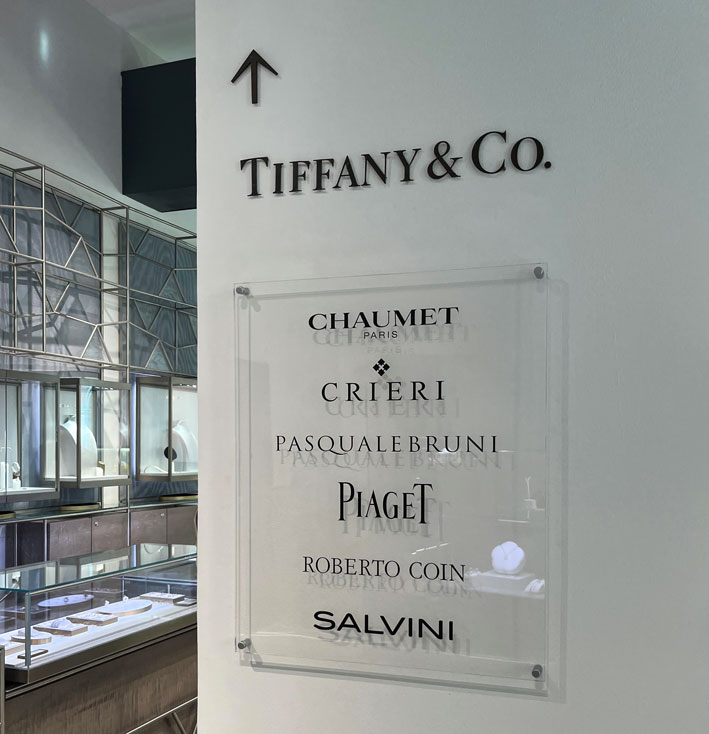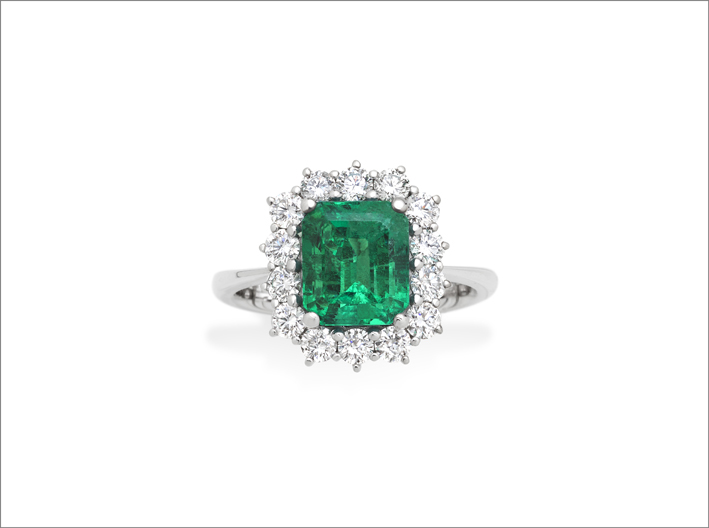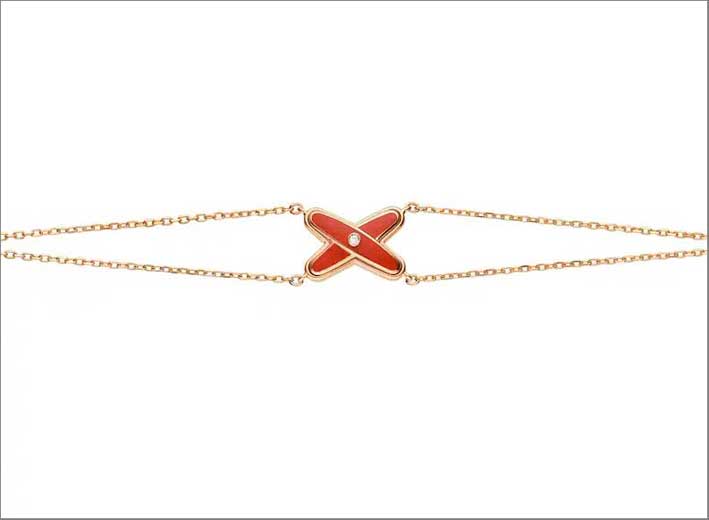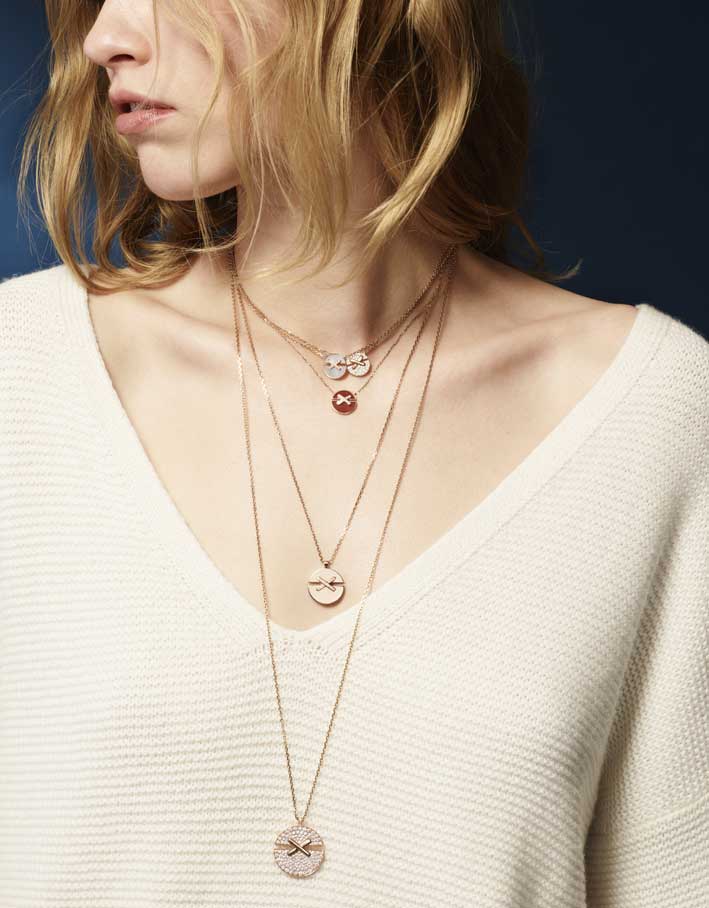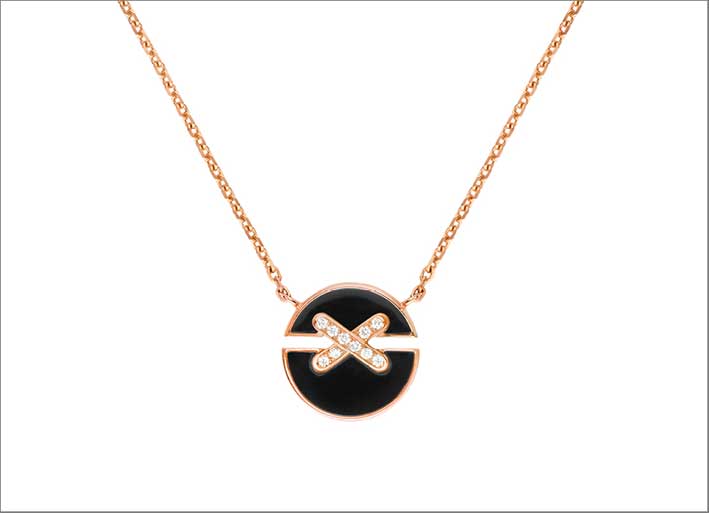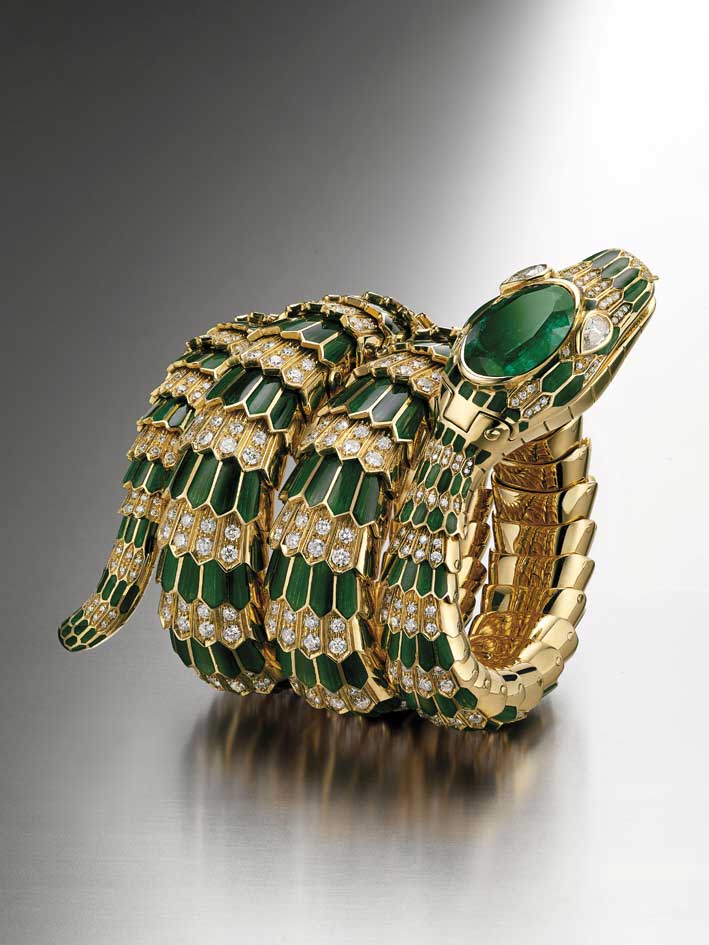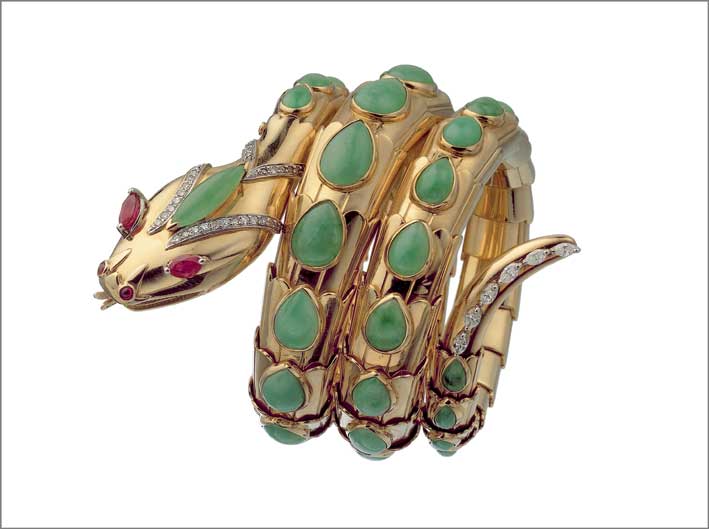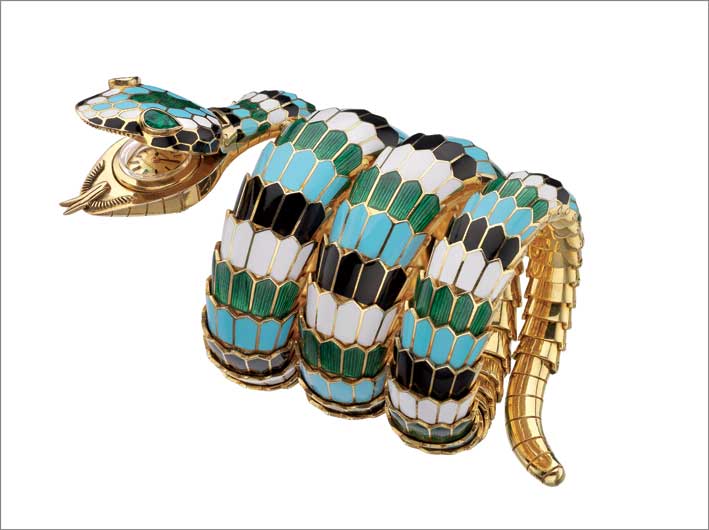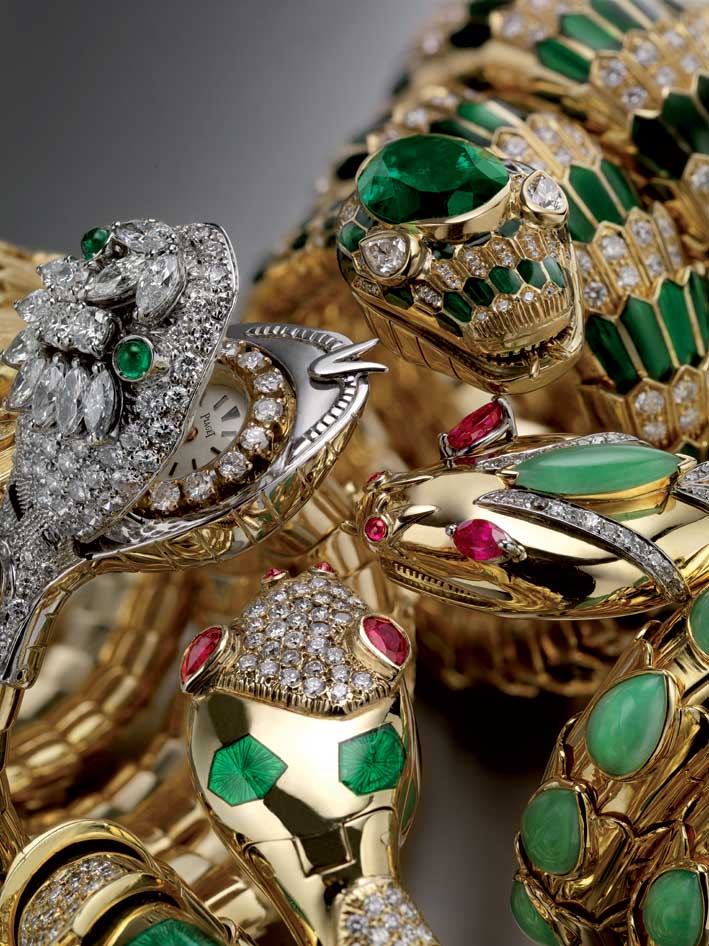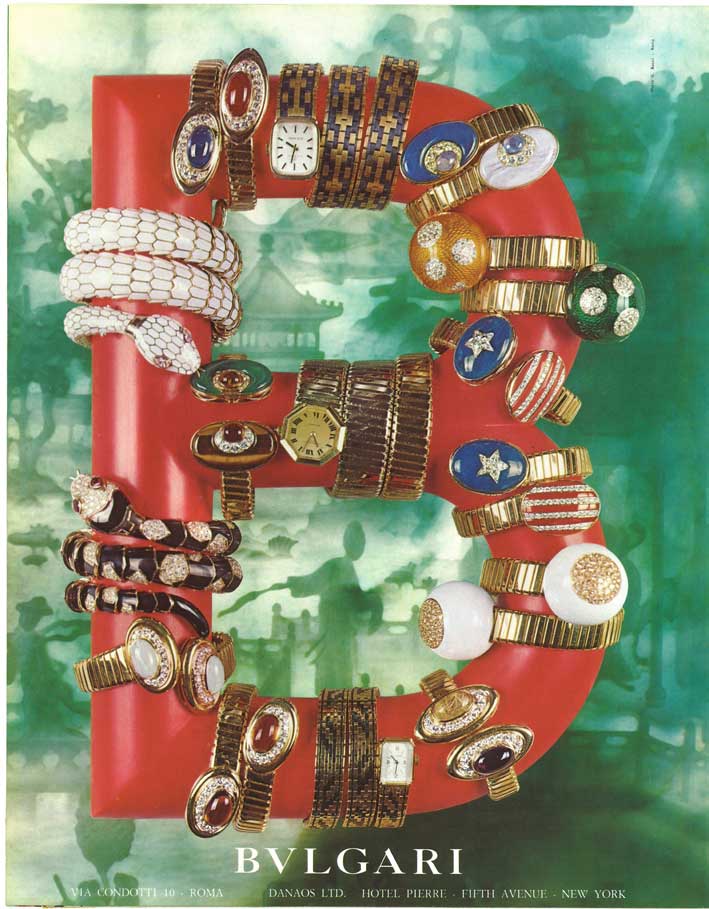In Venice there is a space dedicated to extra jewels. This is the Crieri area in the department store at the Fondaco dei Tedeschi, a stone’s throw from the Rialto Bridge. The Crieri exhibition and the related brand Poesia Gioielli. The exhibition area is located on the first floor of the historic Fondaco building, where there are other leading brands. Five showcases display a photograph of Crieri’s creations and the most iconic and representative collections.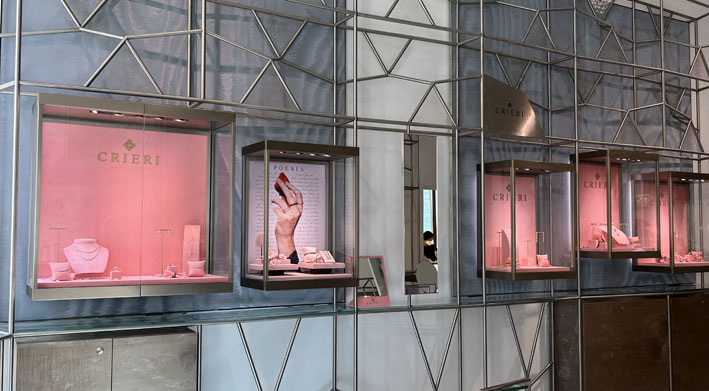
Starting with the Bogotà 1996 collection, dedicated to Colombian emeralds. The collection also includes C-Type, a line that plays with creativity around the shape of Crieri’s letter C. Also by Crieri the jewels of Musa, Icon, Elegance, Firmamento, Ritmo and Allure the creations that tell the classic jewelery of the Piedmontese Maison. “The opening at Fondaco dei Tedeschi is part of our qualitative development project for distribution. Venice, in addition to being the most particular city in the world, a place with a unique charm, is an extremely strategic square for our sector as it welcomes high-quality Italian and above all foreign customers. For us it represents an important opportunity for visibility “, comments Michela Saracino, general manager of Crieri.
